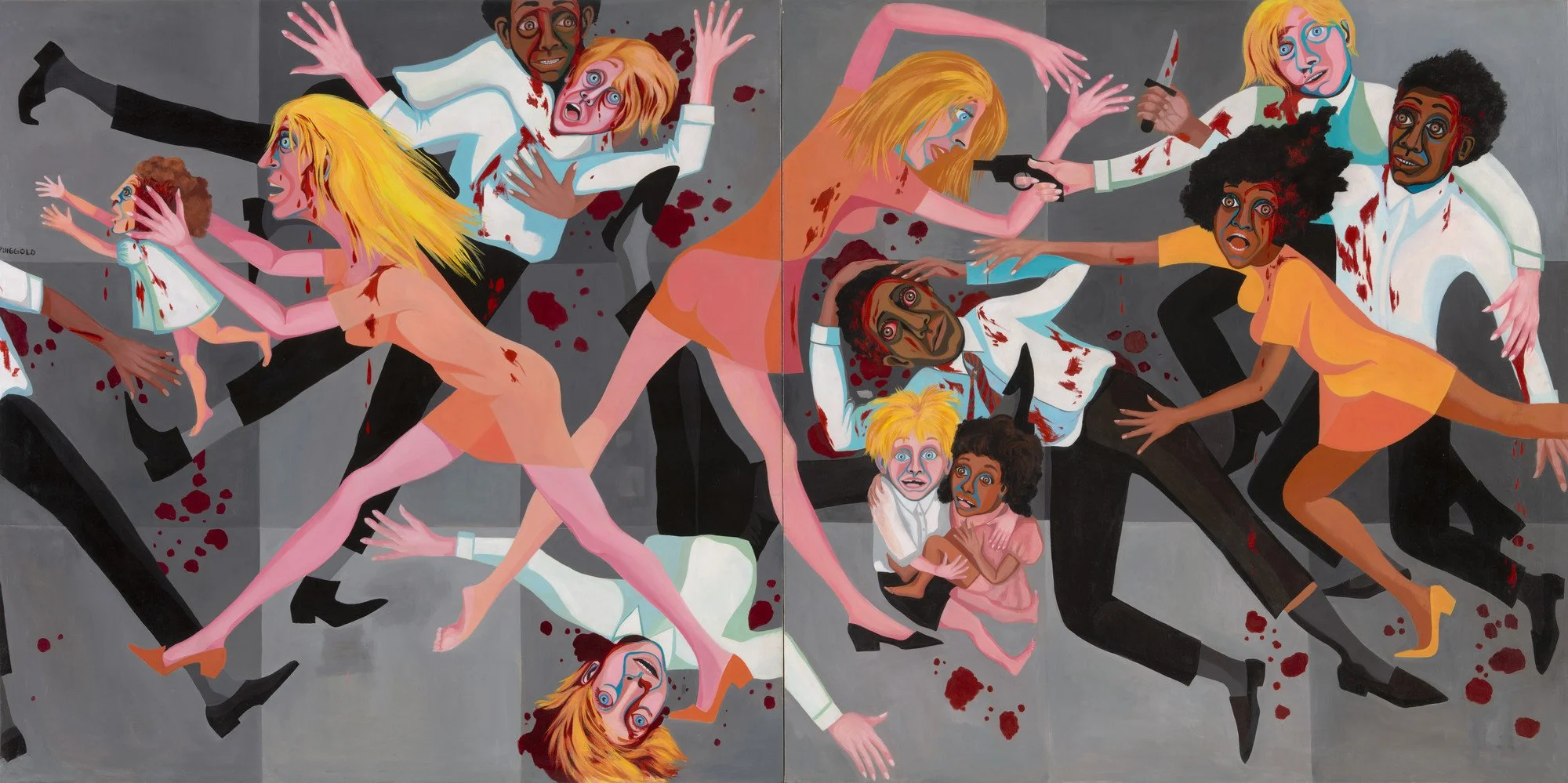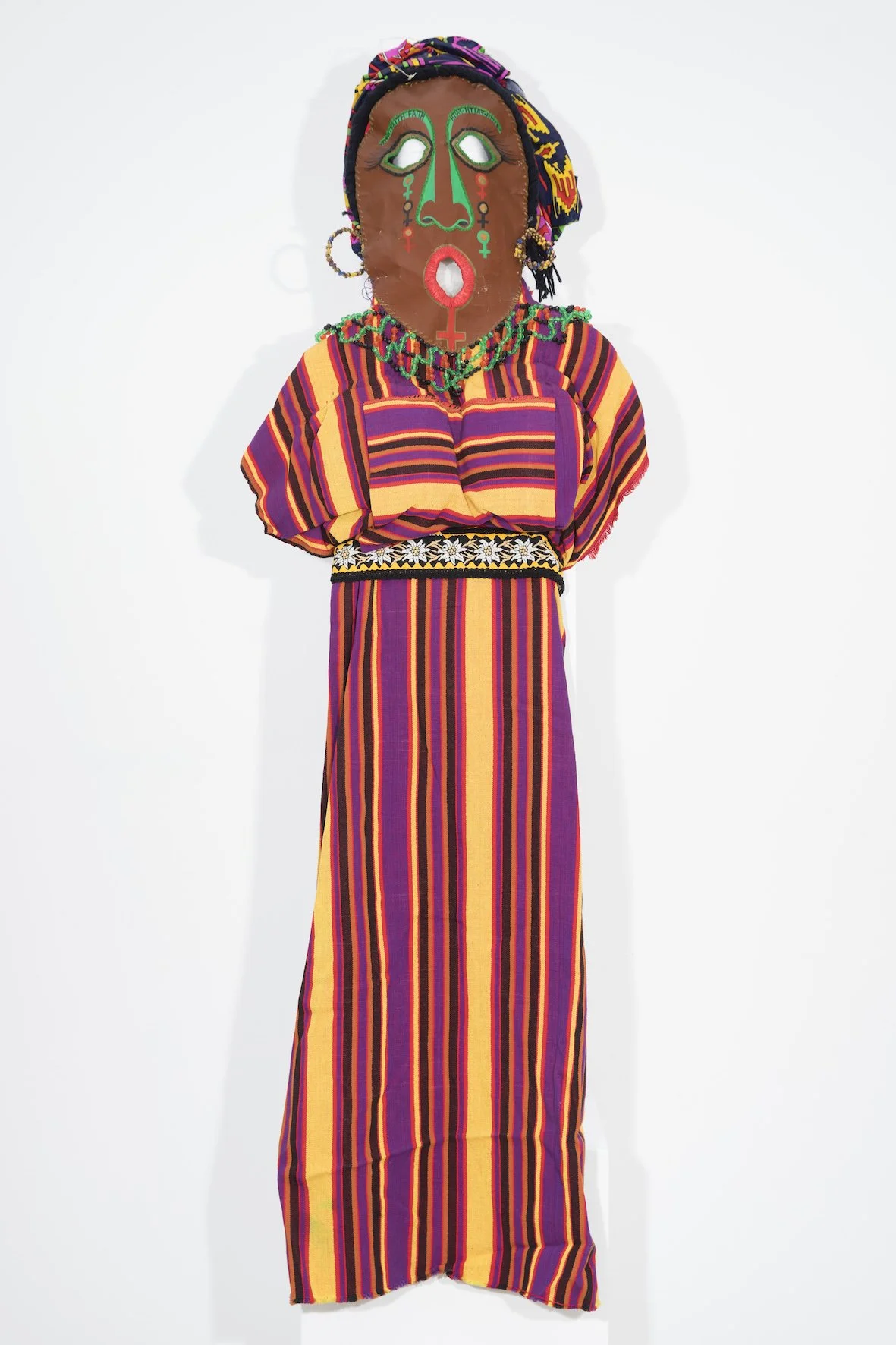Faith Ringgold
Faith Ringgold, an American artist and writer, gained recognition for her unique quilted narratives that conveyed her political ideas. Her African ancestry and creative traditions are blended with her artistic expertise to produce paintings, multi-media soft sculptures, and quilts that illustrate stories that transcend the sewn arts to the realm of high art.
Faith Ringgold was born in Harlem, New York, in 1930. She earned her B.S. and M.A. in visual arts from City College of New York in 1955 and 1959. Ringgold explored Europe in the early 60s and between 1963 to 1967, she worked on her first political work, The American People Series. She began creating tankas – Tibetan paintings framed in lavishly brocaded textiles – in the early 1970s, as well as soft sculptures as masks.
Her art aggressively tackled racism and made political criticisms, frequently exploiting the shock value of racial slurs throughout her works to emphasize the political turmoil, racial conflicts, and race riots of the 60s. Her artworks give critical insight into the impressions of white society through the eye of a Black individual and vice versa.
Ringgold taught often at feminist art conferences in the 70s and passionately pushed for racial inclusion in the New York art scene. Ringgold and one of her daughters even launched the advocacy organization Women Students and Artists for Black Art Liberation. She continued to work on quilts and on different commissions throughout the twenty-first century and in 2022, the New Museum in NYC staged a large exhibition of her work titled “Faith Ringgold: American People.”
Her subsequent works take a different approach to bias; instead of employing confrontational visuals to combat prejudice, she eschews it by giving positive role models for young Black individuals, re-imagining damaging racial stereotypes as powerful, prosperous, and courageous women.
Her early works were influenced by the words of James Baldwin and Amiri Baraka, as well as the Impressionism movement, Cubism, and traditional African art, Ringgold aimed to show the racial turbulence after the Civil Rights movement, influenced both by Picasso’s Guernica and Jacob Lawrence’s depiction of race riots in “The Migration Series.”
“Ringgold has exhibited in New York, Paris, London, Los Angeles, and Chicago, among many other cities. Her work belongs in the collections of institutions including the Brooklyn Museum, the Metropolitan Museum of Art, the High Museum of Art, the Studio Museum in Harlem, and the National Gallery of Art in Washington, D.C.” (Artsy).






